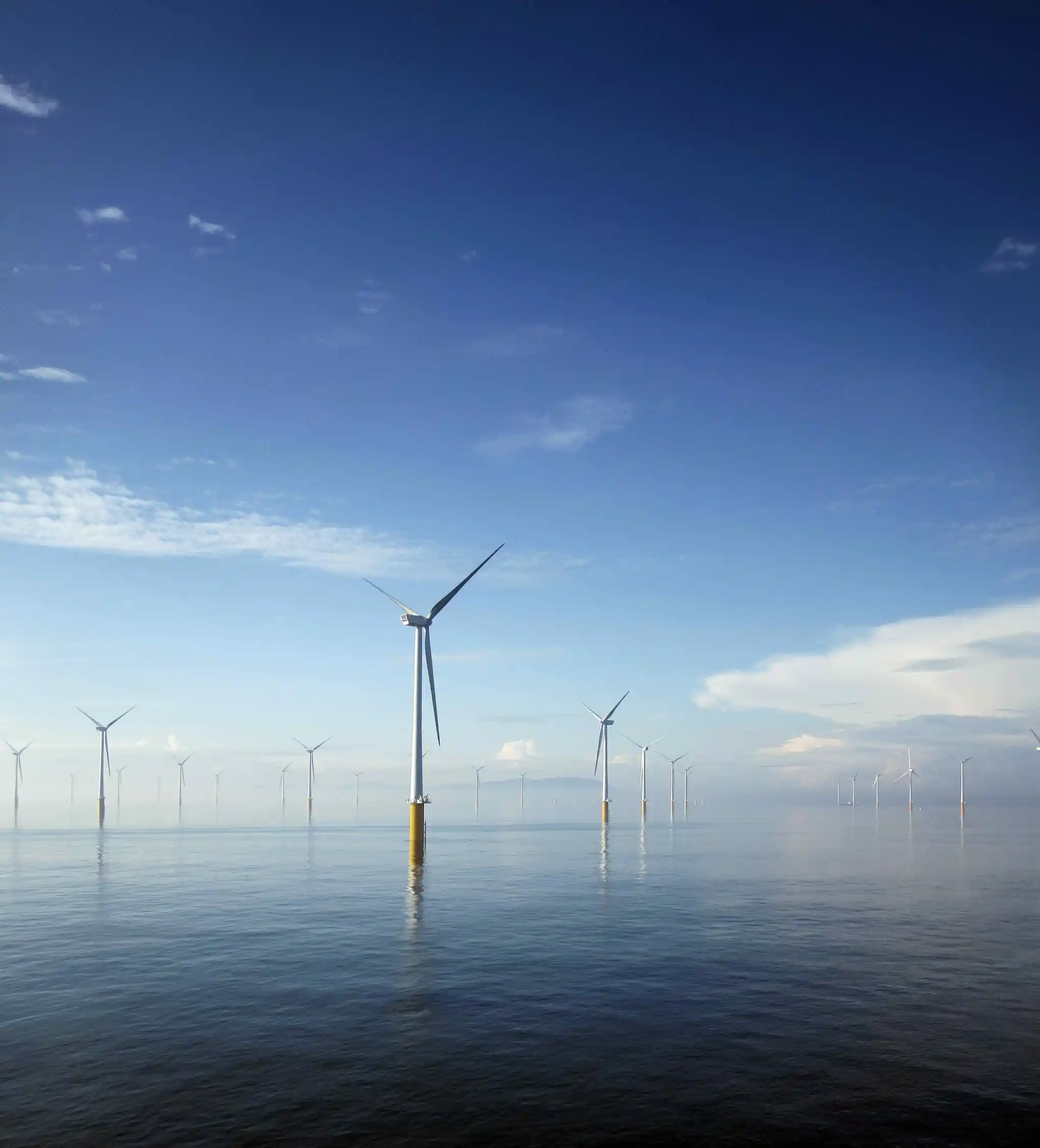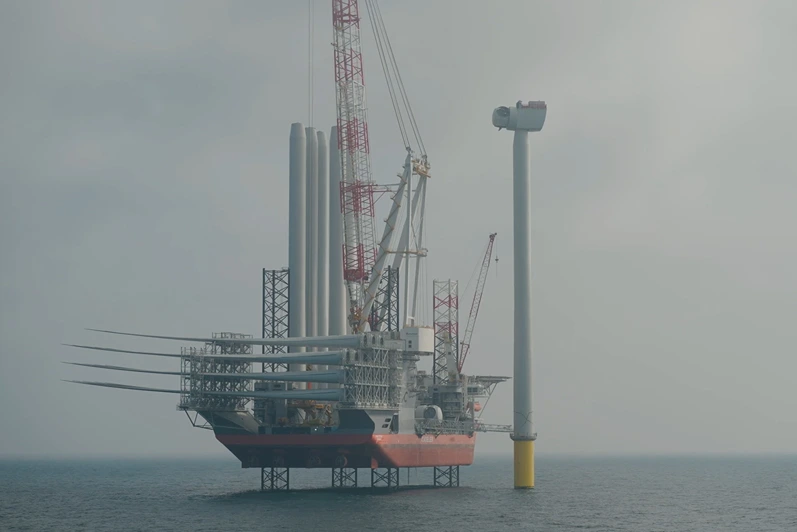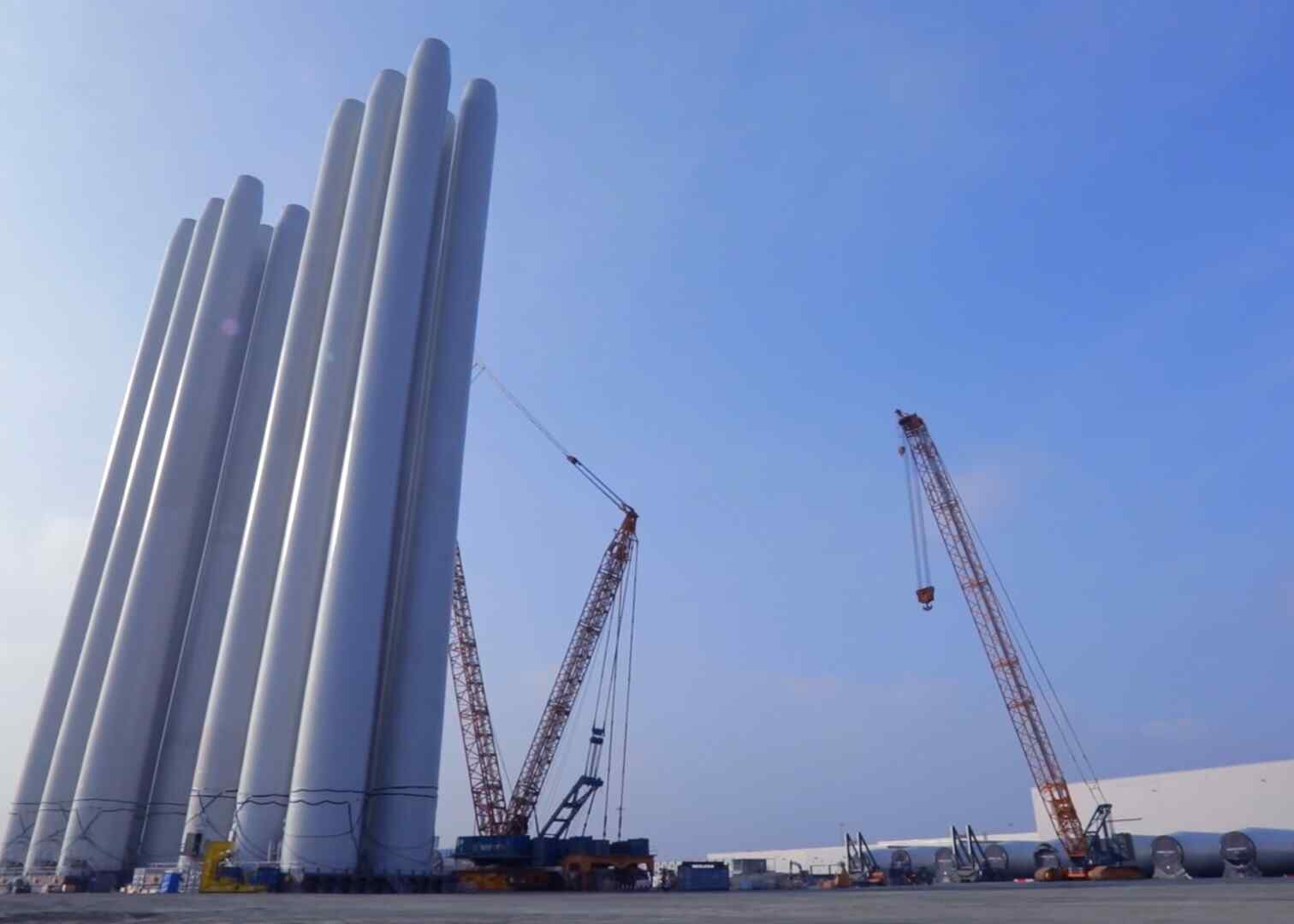Nicki Crawford-Percival, Head of UK Regulatory Affairs, RWE Renewables
03/06/2025 | Offshore wind


Offshore wind - Mission: Possible? Only if we accelerate from ambition to action!
As the UK and countries around the world accelerate efforts to decarbonise, offshore wind remains one of the most important technologies to deliver the clean power transition. At RWE, we believe that the shared mission to scale up renewables is achievable – but it’s clear that without urgent and coordinated action, the road to clean power by 2030 will be increasingly difficult to navigate.
That’s why we’re proud to be an Event Partner for RenewableUK’s Global Offshore Wind conference later this month on 17 – 18 June. This year’s event could not come at a more pivotal moment. It will bring together industry leaders, policy makers and stakeholders at a time when the sector must urgently align on the action needed to remove barriers, drive investment, and restore momentum. As the cornerstone of the 2030 GB clean power system, offshore wind has the potential to power more homes, drive economic growth and help deliver net zero. But, as it stands, this is far from guaranteed.
Offshore wind: the backbone of the UK's clean energy future
As the UK’s largest power generator – and a global leader in offshore wind – RWE sees the enormous potential of this technology every day. Our flagship Sofia offshore wind farm, currently under construction 195 kilometres off the North Sea coast, is just one example of what’s possible. Once operational, the Sofia wind farm will generate enough electricity to power around 1.2 million UK homes each year. But the benefits go far beyond clean energy. The project is expected to create around 8,800 jobs with approximately 2,000 supported during peak construction, and contribute £760 million to the UK economy – much of this within coastal communities in the North East and Yorkshire and the Humber [1].
Global Offshore Wind
These outcomes show what offshore wind can deliver when projects move forward at pace. But delivering the scale of deployment needed to meet the Government’s target of 43 – 50 GW of offshore wind by 2030 will require a significant step-change in delivery. With less than 1 GW of new offshore wind successfully procured across the last two Contracts for Difference (CfD) allocation rounds [2], the next two will need to deliver at least 14GW to stay on track. Put simply, the time left to act is short, and the risks of falling short are rising.
Below, I’ve outlined the RWE view about what’s going well, and how we can get back on track.
Welcome reforms on the path to clean power
Enabling investment and delivery
The UK was a world-leader in introducing the two-way CfD, which has been a core driver of offshore wind development here. To support continued growth and global competitiveness, we welcome the Government’s recent steps to make Allocation Round 7 (AR7) as effective as possible in procuring projects
One important reform is the proposal to extend the length of CfD contracts. The current 15-year term provides revenue certainty for less than half a project’s full life – which can now exceed 35 years thanks to advances in technology. New CfD contracts awarded from 2025 should therefore be for at least 25 years; this would increase revenue certainty for investors, lower strike prices vs a 15-year contract, and offer better value for consumers. Other countries, including Germany and Poland, have already moved towards longer contract durations, so this shift would help ensure the UK remains a competitive and attractive market for clean energy investment.
We also support efforts to improve auction efficiency. To prevent any unused budget, as seen in last year’s auction, the Government is proposing to allow the Secretary of State to be able to view bidding data and set a clearing level after bids are submitted. Whilst we support the intention to ensure optimal procurement, this is not something we’ve seen in other mature markets. To ensure transparency in decision making, careful consideration is required on what information is made visible, and the auction process must not incur any delays as a result of accommodating this.
The Government is also proposing to remove the pre-auction view of the monetary CfD budget. To give developers adequate certainty on auction volume, if this occurs it must be accompanied by setting a capacity ‘minima’ i.e. a minimum amount of capacity to be procured per pot. In addition, we believe that laying out a CfD schedule to at least Allocation Round 10 (2028) is necessary to provide much-needed certainty and foresight of intentions to developers and the supply chain, at a time when making long-term plans has never been more important.
Streamlining planning and consent
We are encouraged by the Government’s steps to improve the planning and consenting framework through the Planning and Infrastructure Bill. Simplifying appeals processes and ensuring that objections deemed “totally without merit” do not cause unnecessary delays is a positive step toward speeding up delivery.
The proposed Marine Recovery Fund is another important initiative to manage and mitigate environmental impacts. However, the details of how costs will be apportioned and implemented remain unclear. Greater certainty is needed as soon as possible to avoid developers having to factor additional risk into CfD bids ahead of AR7.
Addressing remaining challenges
Despite recent progress, two significant challenges remain that we believe risk undermining the pace and scale of deployment required to meet the UK’s clean power target.
- Failure to prioritise shovel ready projects
The Government is considering loosening eligibility criteria for CfD auctions to allow unconsented offshore wind projects to participate from AR7. Such an approach carries serious risks. Consented projects – with mature supply chain plans and environmental approvals – are more assured in terms of cost and delivery. Allowing projects without planning consent to participate could disrupt procurement pipelines and increase costs to consumers, as developers are forced to price in greater uncertainty. In addition, while the intention to accelerate delivery is understandable, we believe this cannot be achieved by issuing CfDs prior to consent, since the grid connection date is what determines deployment. An alternative, low-risk solution would be to allow an additional ‘Delivery Year’ for projects bidding in AR7[3]. This would allow projects that are consented but facing delays, e.g. due to grid, to be able to participate. This simple change (which does not require consultation or legislation) would enable more consented projects to bid, thereby increasing competition. - Uncertainty over wake effects
Wake effects – where wind farms affect the wind speed of nearby projects – are increasingly being raised as an issue during the planning process. While it’s right to consider how projects interact with one another, buffer zones in seabed leases already account for these effects. It is therefore RWE’s view that wakes should not be part of the planning framework – and incorporating this now would be changing the rules part-way through the game.
A shared mission – but time is short
Meeting the UK’s 2030 targets is not just about clean power. It’s also a chance to drive regional growth, create high-skilled jobs, and demonstrate global leadership in the net zero transition. But we must be honest about the scale of the challenge. Delivering 43 – 50 GW by 2030 looks difficult without immediate, coordinated action to remove barriers and unlock investment.
Events like Global Offshore Wind 2025 are essential to the clean power mission. They create the space for industry and Government to come together, share ideas, and chart a credible path forward. The time to act is now. By working in true partnership, we can overcome the challenges and deliver on the promise of offshore wind.
The clean energy mission is still possible – but only if we accelerate from ambition to action.
[1] Wavehill, Sofia Socio Economic Research Study. Jobs: defined as full-time equivalent person years of employment.
[2] Excluding capacity rebidding under ‘permitted reduction’ rules.
[3] ‘Delivery Years’ refers to the financial years in which a project could commission. Eligibility to bid in the CfD auction is based on having valid planning consent and a grid connection date for the relevant year(s).





